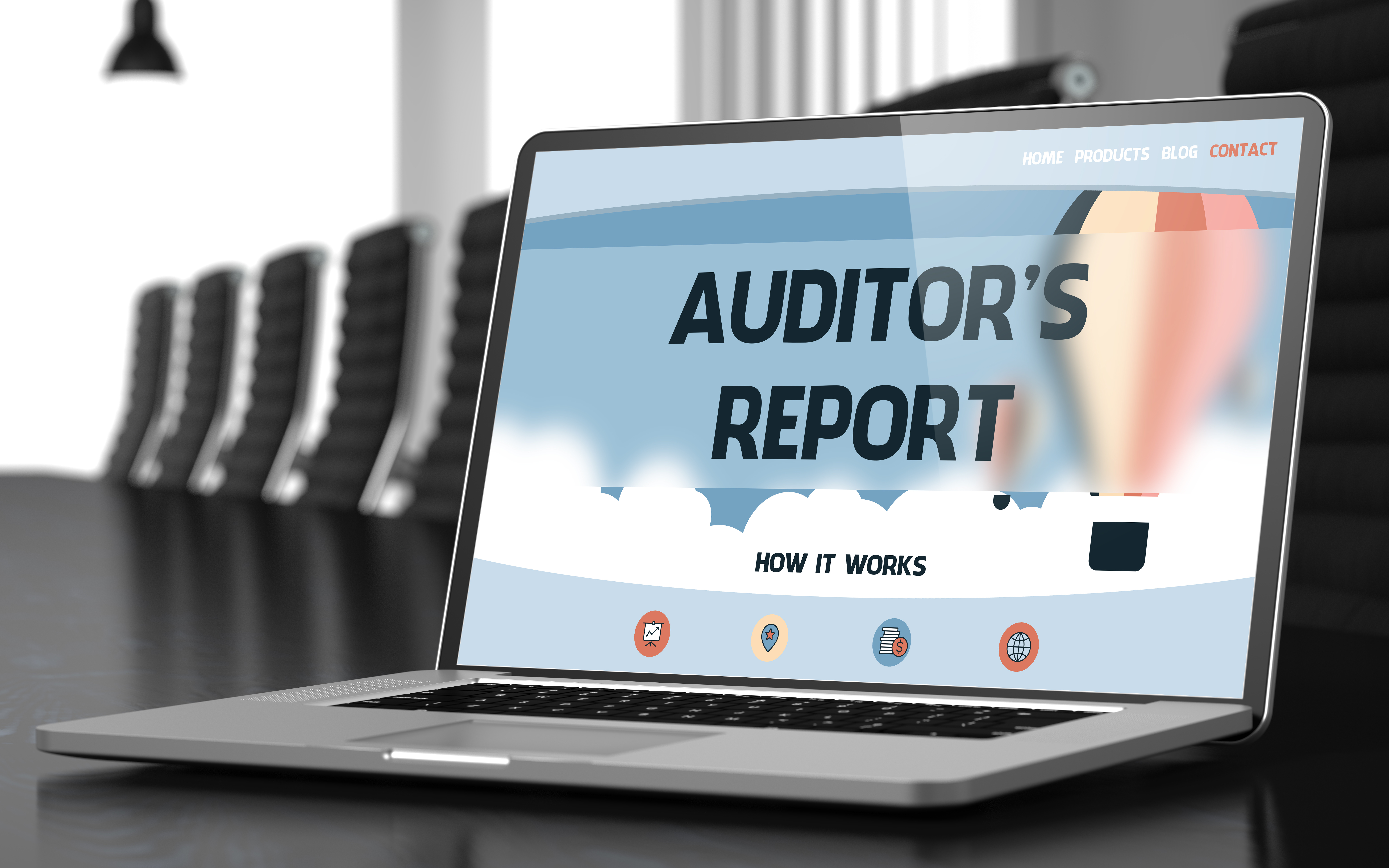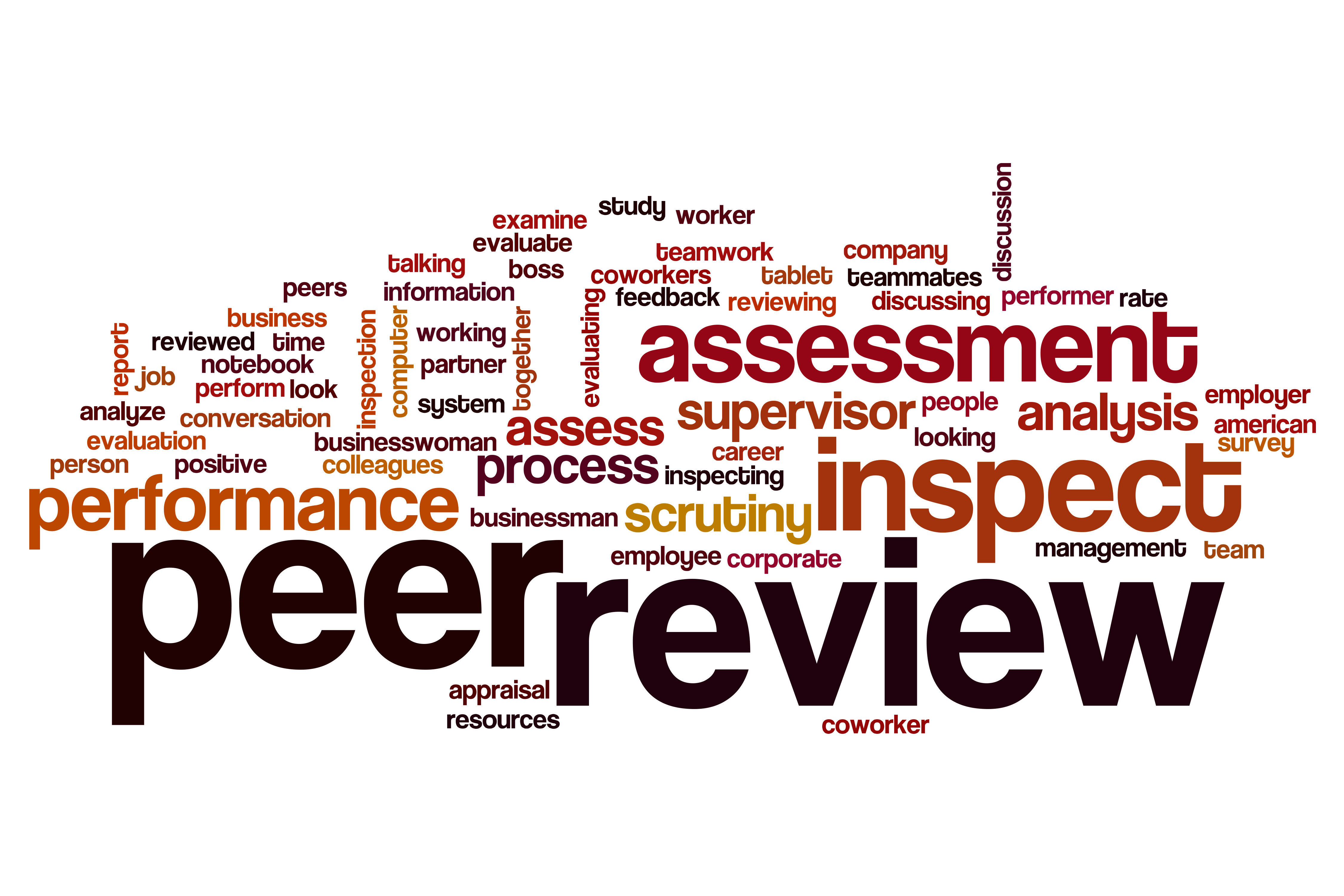What can you learn from a list of common auditor mistakes?

You might learn a few things from a list of Forty Mistakes Auditors Make. If you can identify a few ways to improve your audit approach you could save time, improve the quality of your audit, and maybe reduce your risk.
Lots of auditors are in the midst of planning their year-end audits and reviews. Now would be a really good time to think about how to do better, more efficient work.
Writing at CPA Scribo, my friend Charles Hall outlines a number of goofs made by auditors. I’ll list a few tidbits in order to encourage you to read and ponder the whole list:
…
What can you learn from a list of common auditor mistakes?Read More »
What can you learn from a list of common auditor mistakes? Read More »













